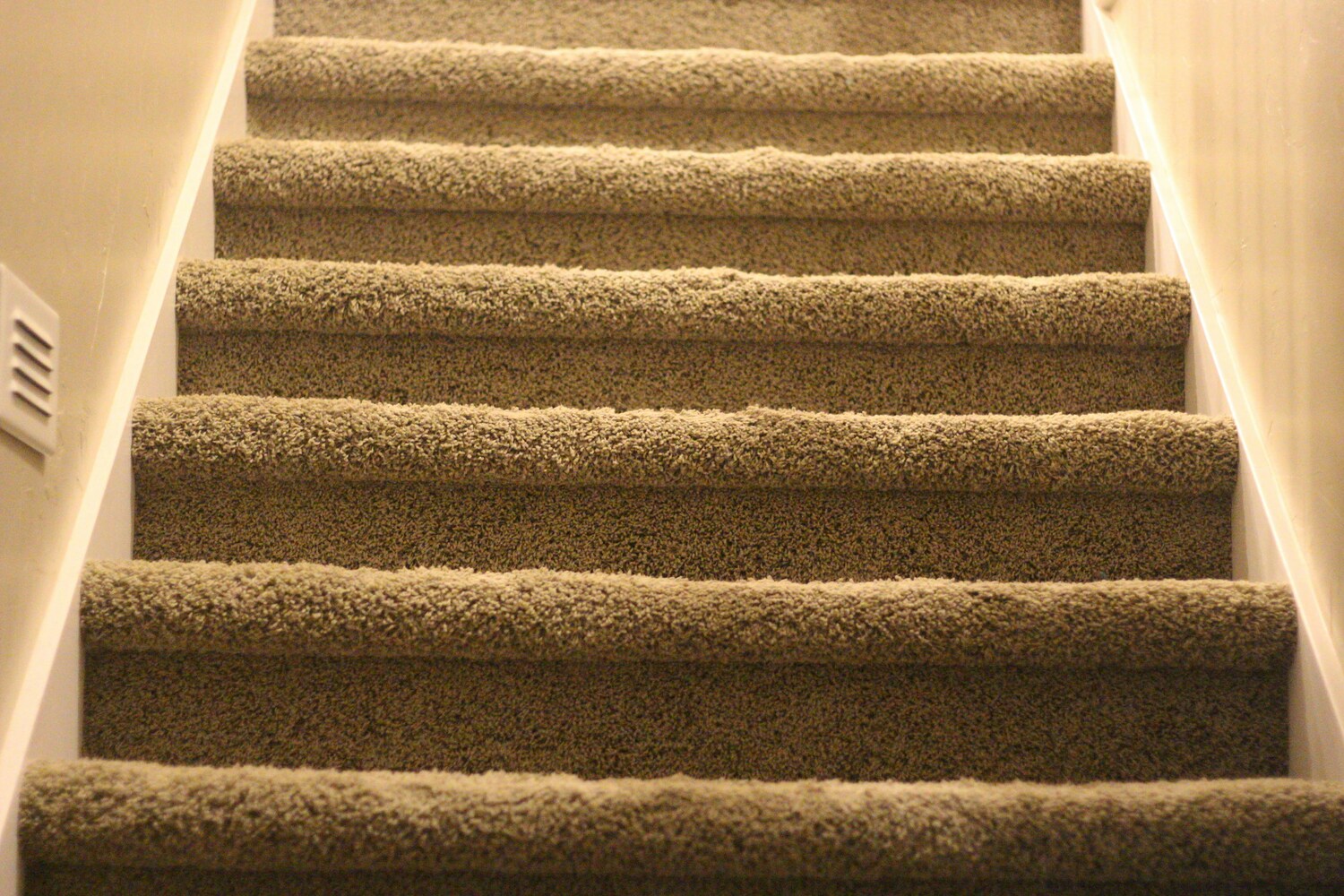- Home
- Articles
- Architectural Portfolio
- Architectral Presentation
- Inspirational Stories
- Architecture News
- Visualization
- BIM Industry
- Facade Design
- Parametric Design
- Career
- Landscape Architecture
- Construction
- Artificial Intelligence
- Sketching
- Design Softwares
- Diagrams
- Writing
- Architectural Tips
- Sustainability
- Courses
- Concept
- Technology
- History & Heritage
- Future of Architecture
- Guides & How-To
- Art & Culture
- Projects
- Interior Design
- Competitions
- Jobs
- Store
- Tools
- More
- Home
- Articles
- Architectural Portfolio
- Architectral Presentation
- Inspirational Stories
- Architecture News
- Visualization
- BIM Industry
- Facade Design
- Parametric Design
- Career
- Landscape Architecture
- Construction
- Artificial Intelligence
- Sketching
- Design Softwares
- Diagrams
- Writing
- Architectural Tips
- Sustainability
- Courses
- Concept
- Technology
- History & Heritage
- Future of Architecture
- Guides & How-To
- Art & Culture
- Projects
- Interior Design
- Competitions
- Jobs
- Store
- Tools
- More
How Do Solar Fountain Pumps Work? | Solar Water Pump Science Guide 2025
Most people see solar fountain pumps as "magic" but don't understand the fascinating science behind how sunlight becomes flowing water. This guide explains the engineering and physics that make solar water features work.

Table of Contents
ToggleHow Do Solar Fountain Pumps Work?
Most people look at a solar fountain pump and think it’s some kind of magic: sunlight goes in, water comes out. However, there’s actually some fascinating science at work that transforms light into flowing water.
The basic process is more straightforward than you might expect: Solar panels convert sunlight into electricity, which then powers a small motor that drives a pump to move water. However, understanding how each piece works helps you choose the right system and get better performance from your water feature.
Here’s what actually happens when sunlight hits your solar fountain pump, step by step.
How Solar Fountain Pumps Convert Sunlight into Water Flow
The magic starts with photovoltaic cells, those blue or black squares you see on solar panels. When photons from sunlight hit these cells, they knock electrons loose from silicon atoms, creating an electrical current. It’s the same photoelectric effect Einstein won a Nobel Prize for explaining.
Your fountain pump takes this DC electricity and feeds it directly to a small motor. Most solar fountain pumps use brushless DC motors because they’re efficient and don’t wear out quickly. The motor spins an impeller, essentially a small propeller located within the pump housing.
As the impeller spins, it creates suction on one side and pressure on the other. Water gets pulled into the intake, pushed through the pump body, and forced out through the fountain nozzle. The faster the motor spins (the more sunlight, the more electricity), the higher your water shoots.
Photovoltaic Cell Performance
The efficiency of your solar panel directly affects pump performance. Most small fountain panels convert about 15–20% of sunlight into usable electricity. That means on a sunny day, delivering 1000 watts per square meter, a 10-watt panel produces approximately 7-8 watts under real-world conditions.
Water Circulation Process
The pump doesn’t just move water randomly; it creates a complete circulation system. Water flows from your pond or reservoir through the pump, up through tubing or a fountain head, and back down into the water source. This continuous cycle keeps water fresh and prevents stagnation.
Essential Components and How They Work Together
Solar fountain systems consist of three main components: the solar panel, the pump motor, and the water delivery system. Each component affects how the others perform.
- Solar Panel Positioning: Your solar panel requires direct sunlight to function properly. Even partial shade from a tree branch can cut power output by 50% or more. That’s because solar cells are wired in series; if one cell gets shaded, it reduces current flow through the entire panel.
- Submersible vs. External Pumps: Submersible pumps sit underwater and push water up through tubes or fountain heads. External pumps are positioned above the water level and either push or pull water through the system. Submersible designs are more straightforward but more complicated to service. External pumps are easier to maintain, but they require priming and freeze protection.
- Battery Backup Systems: Some solar fountains include small batteries that store energy during sunny periods. This lets your fountain run for a few hours after sunset or during cloudy weather. However, batteries add complexity and need replacement every 2-3 years.
| Solar Panel Size | Maximum Pump Power | Typical Water Height | Best Applications |
| 5-10 watts | 3-7 watts | 12-24 inches | Bird baths, small decorative fountains |
| 10-20 watts | 7-15 watts | 24-48 inches | Garden ponds, medium water features |
| 20+ watts | 15+ watts | 4+ feet | Large fountains, multi-tier displays |

Solar Fountain Pump Operation in Different Conditions
Solar pumps work best in direct sunlight between 10:00 AM and 4:00 PM, when the sun is high overhead. During these peak hours, you’ll get maximum water flow and fountain height.
- Full Sun Performance: On bright, clear days, your pump operates at rated capacity. A 10-watt system pushes 50-80 gallons per hour and creates fountain sprays 2-3 feet high. Water flow stays steady as long as sunlight remains consistent.
- Cloudy Day Functionality: Cloud cover significantly reduces solar panel output. Light clouds might drop performance to 60-70% of peak, while heavy overcast can reduce production to 20-30%. Your fountain will still run but with lower water flow and reduced spray height.
- Seasonal Variations: Winter brings shorter days and lower sun angles, resulting in reduced daily pumping time. Summer provides longer operating periods but potentially lower efficiency if panels become too hot. Most solar pumps operate optimally when panel temperatures remain below 80°F.
Types of Solar Fountain Systems and Their Applications
Different fountain applications need different pump designs and power levels.
Bird Bath Fountains: These simple systems use 5-10 watt panels with small submersible pumps. Water typically bubbles or creates gentle spray patterns 6 to 12 inches high. These systems are ideal for attracting birds and maintaining the water’s freshness.
Garden Pond Fountains: Medium-sized systems with 10-20 watt panels can create impressive displays in ponds up to several hundred gallons. These often include adjustable fountain heads for different spray patterns and multiple outlet options.
Large Water Features: Professional installations might use 50+ watt solar arrays with powerful pumps capable of moving hundreds of gallons per hour. Some systems include solar-powered pool pumps adapted for fountain use.
| Fountain Type | Typical Power Needs | Operating Hours (Summer) | Maintenance Requirements |
| Bird bath fountain | 5-10 watts | 6-8 hours daily | Clean nozzle monthly |
| Garden pond fountain | 10-20 watts | 8-10 hours daily | Service pump quarterly |
| Large decorative fountain | 20+ watts | 8-12 hours daily | Professional service yearly |
Advantages and Limitations of Solar Fountain Technology
Solar fountain pumps offer several benefits over traditional electric pumps; however, they’re not ideal for every situation.
- Environmental Benefits: Solar pumps produce zero emissions during operation and use renewable energy from the sun. They don’t increase your electricity bill or require running power cables to remote water features.
- Installation Simplicity: Most solar fountain pumps are plug-and-play systems, making them easy to install. You don’t need electrical outlets, permits, or professional installation. Just place the solar panel in a sunny spot and drop the pump in your water feature.
- Performance Considerations: Solar pumps only operate when the sun is shining. They can’t maintain consistent flow during extended cloudy periods without battery backup. Water flow varies throughout the day, depending on the availability of sunlight.
For reliable solar fountain and water pumping equipment, The Solar Store stocks quality submersible pumps, solar panels, and complete solar water pumping systems designed for dependable off-grid performance.
Frequently Asked Questions
Q: Do solar fountain pumps work at night or on cloudy days? A: Solar fountain pumps only operate when receiving sunlight. On cloudy days, they’ll run at reduced capacity with lower water flow. At night, they stop completely unless you have a battery backup system that stores energy from sunny periods.
Q: How much sunlight do solar fountain pumps need to work properly? A: Solar fountain pumps need at least 4-6 hours of direct sunlight daily for excellent performance. They work best with full sun exposure between 10 AM and 4 PM, when solar panel output is at its highest. Even partial shade can reduce performance by 50% or more.
Q: Can I use a solar fountain pump in winter? A: Yes, but performance drops significantly due to shorter days and lower sun angles. You’ll get 2-4 hours of operation instead of 8-10 hours in summer. In freezing climates, you’ll need to remove the pump or use a heater to prevent ice damage.
illustrarch is your daily dose of architecture. Leading community designed for all lovers of illustration and #drawing.
Submit your architectural projects
Follow these steps for submission your project. Submission FormLatest Posts
Tips for Using Runners to Transform Hallways and Spaces
Hallways work hard. They handle daily foot traffic, muddy shoes, and the...
Essential Architecture Tools in 2026: Software, AI, and Physical Equipment
Architecture in 2026 demands more than design talent alone. From BIM and...
Light of Tomorrow by VELUX 2026
This competition encourages architects to design visionary spaces where natural light drives...
Top 10 Online Platforms to Find Apartments for Rent in San Antonio
San Antonio, Texas, with its vibrant culture, historical landmarks, and strong job...












Leave a comment